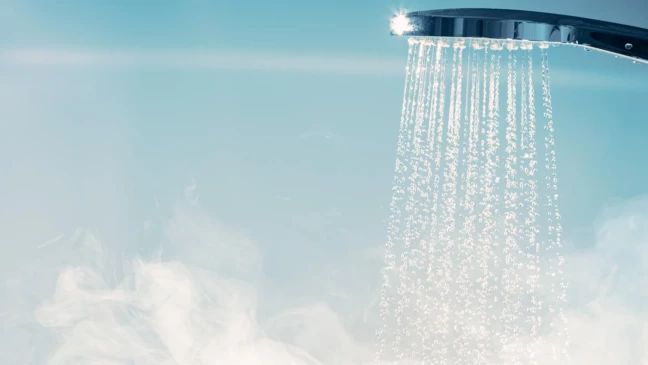
09.07.24
The tried and tested cleaning textiles
Despite technical advances, cleaning textiles are still indispensable in a professional environment. Even in times when scrubber dryers are being used more and more frequently, the demand for traditional and modern textiles remains high. Why this is the case and what advantages these textiles offer is explained in more detail below.
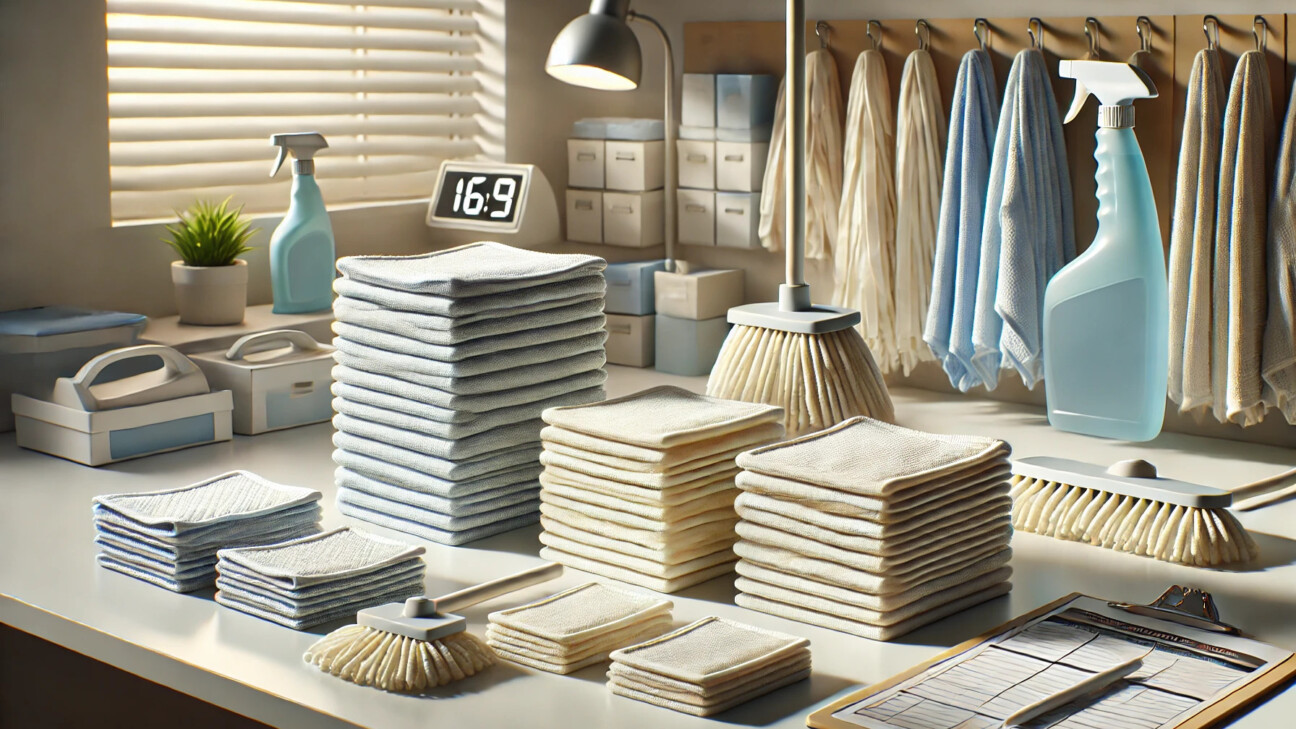
Even today, cleaning textiles are still indispensable in the professional environment. Despite the fact that more and more medium-sized and larger areas are being cleaned with compact and increasingly inexpensive scrubber-dryers, millions of cleaning textiles are still in use. Why is that?
On the one hand, cleaning staff are trained in traditional cleaning techniques. They reproduce what they have been taught on a daily basis. Secondly, companies often procure what they know and what has proven itself for cleaning. But thirdly and most importantly, cleaning textiles are irreplaceable in many areas and are quite simply the only and best choice. The versatility of textiles is directly related to the raw materials used and the chosen processing method. The result is not only tried and tested products, but also modern high-tech textiles that support cleaning staff in their work. These modern textiles can save a remarkable amount of time and/or chemicals. In most cases, the cleaning result is also significantly better than before. So there are many reasons for using textiles in cleaning.
Some examples of cleaning textiles
Reusable microfiber cloths
Reusable microfiber cloths are mainly made of polyester and polyamide. These durable cloths are ideal for cleaning all washable surfaces in households, offices, hospitals and hotels. Their fine fibers efficiently absorb dirt and dust. They are machine washable and sustainable as they can be reused many times. With the exception of high-gloss furniture surfaces, they can be used almost anywhere. You save on chemicals and manual effort thanks to the natural abrasiveness of the fibers.
Disposable microfiber cloths
Disposable microfiber cloths offer the benefits of single-use microfibers. They are often made from the same materials as reusable microfiber cloths and are particularly useful in areas where hygiene is a top priority, such as medical facilities, cleanrooms and laboratories. They are disposed of after use, which avoids cross-contamination.
Sponge cloths
Sponge wipes combine the absorption capacity of sponges with the flexibility of cloths. They are usually made of a mixture of cellulose and cotton or synthetic fibers. Ideal for mopping up liquids and cleaning surfaces in kitchens and other damp environments. They should not be reused too often as they present the same risks of contamination as classic sponges.
PU foam cloths
PU foam cloths (polyurethane) are versatile and durable. They are often used for cleaning glass surfaces and mirrors as they do not leave streaks. These cloths are also resistant to chemicals and ideal for demanding cleaning tasks. They are also sometimes used for dry wiping after cleaning washbasins, taps and toilets. This allows the surfaces to be used again more quickly and without streaks.
PU-covered microfiber cloths
These cloths combine the advantages of microfiber with a PU coating. They are particularly effective for cleaning sensitive surfaces as they are gentle yet thorough. Ideal for use in laboratories and cleanrooms. They are also increasingly being used for cleaning glass and sanitary facilities.
Polyester non-woven wipes
Polyester non-woven wipes, often impregnated with detergents or disinfectants, are designed for quick and easy cleaning. They are ideal for use in areas that require frequent disinfection, such as hospitals and food processing facilities. After use, these disposable cloths are disposed of.
Microfiber mop
Microfiber mops are widely used in floor cleaning. They are made of the same fine fibers as microfiber cloths and are particularly good at trapping dirt and dust. They can be used dry or wet and are ideal for cleaning hard floors in medium-sized areas such as corridors, washrooms or offices.
Cotton mop
Cotton mops are traditional cleaning tools for rough cleaning tasks. They are made of absorbent cotton, which can soak up large amounts of water and dirt. Often it is not pure cotton fibers that are used, but a mix of cotton and polyester to ensure the gliding properties and washing cycle strength of the finished product. Particularly useful in areas where a lot of water is used, such as workshops, warehouses or other places with extreme soiling.
Fringed mop
The fringed mop consists of long cotton fringes and is ideal for cleaning heavily soiled surfaces. These robust mops can absorb a lot of dirt and liquid and are ideal for industrial facilities and when laying out surfaces for basic cleaning.
Dust control cloths with oil
These cloths are impregnated with oil to efficiently bind and remove dust. They are particularly suitable for cleaning sports hall floor coverings and other dust-prone surfaces. The oil helps to hold the dust until the cloth is disposed of.
Dust control cloths with adhesive
Adhesive-coated dust control cloths are ideal for removing dust and small particles from smooth surfaces. They are often used in production facilities, supermarkets, classrooms and sports halls where dust-free conditions are important.
Fiber fur covers for dusting
These covers are made of special fibers that efficiently attract and hold dust. They are ideal for cleaning large areas such as halls and sports facilities. They can be easily changed and washed, making them a practical solution. Nowadays, these covers have been almost completely replaced by sticky cloths.
Cotton cloths
Cotton cloths are simple but effective cleaning textiles. They are soft and absorbent, making them ideal for cleaning delicate surfaces. Cotton cloths are often used in kitchen and household cleaning, but are also useful in professional cleaning for specific tasks. For example, on high-gloss furniture where microfibers must not be used.
Window washer (textile cover)
Window wash-in covers are specially designed for glass cleaning. They are often made of microfiber or a combination of microfiber and other materials that can remove stubborn dirt and grease from glass surfaces. These covers are easy to change and wash, making them an efficient choice for window cleaners and cleaners.
C.F.T cloths (cellulose fiber cloths)
C.F.T cloths are made of pure cellulose fiber, a material derived from plant cell walls. These cloths are particularly absorbent and durable. They are ideal for cleaning surfaces that require high water absorption, such as kitchen worktops and bathroom surfaces. They are manufactured using a special process in which cellulose fibers are processed into a strong yet flexible cloth. A somewhat forgotten technique is that a C.F.T cloth slightly activates the water in the tank of the scrubbing machine. If there is still detergent residue on the floor, a perfect cleaning result can be achieved for a while without detergent and without using new chemicals in the machine. This reduces detergent consumption and removes old detergent build-up effectively and gently.
Summary
The world of cleaning textiles is diverse and includes a wide range of products that are tailored to different needs and areas of application. From durable reusable microfiber cloths to special PU foam cloths, there is a suitable textile for every cleaning task. Choosing the right cleaning textile can significantly improve the efficiency and effectiveness of cleaning and help to protect the environment.
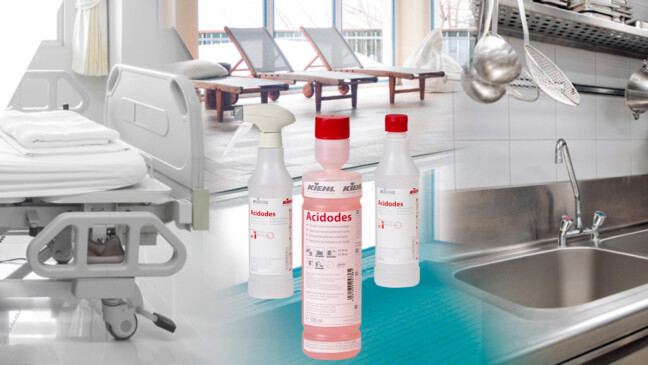
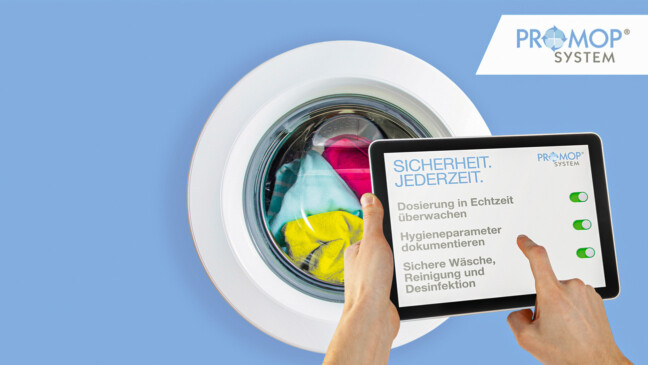
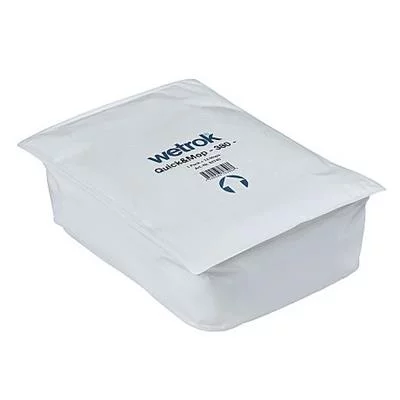
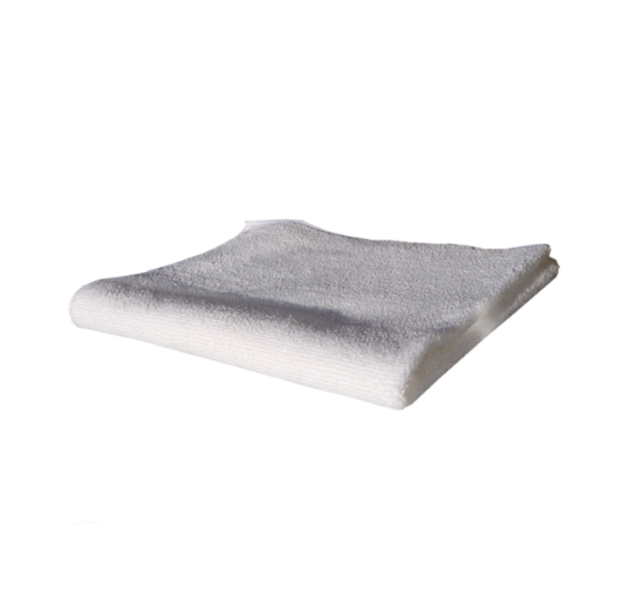
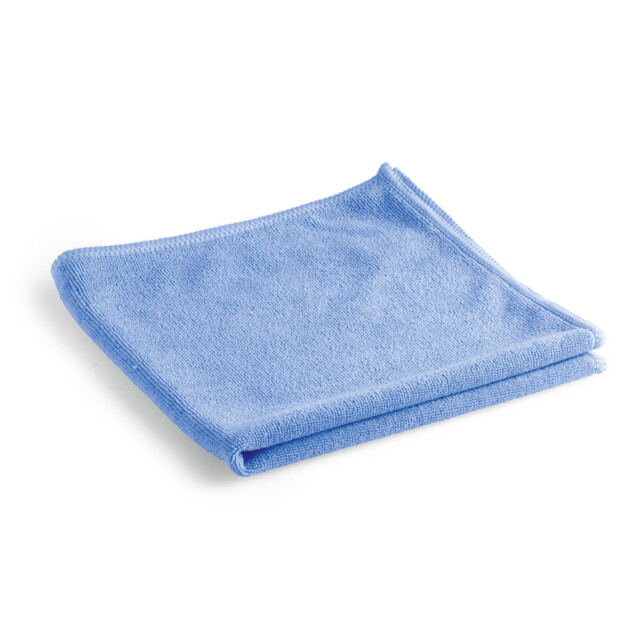
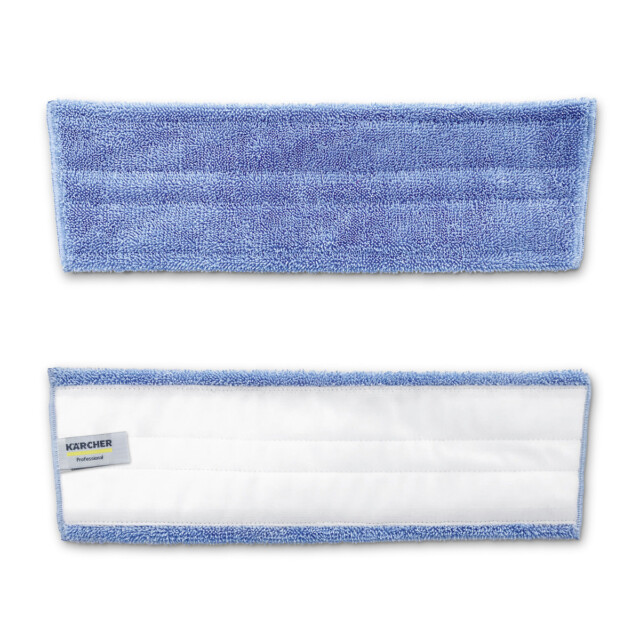
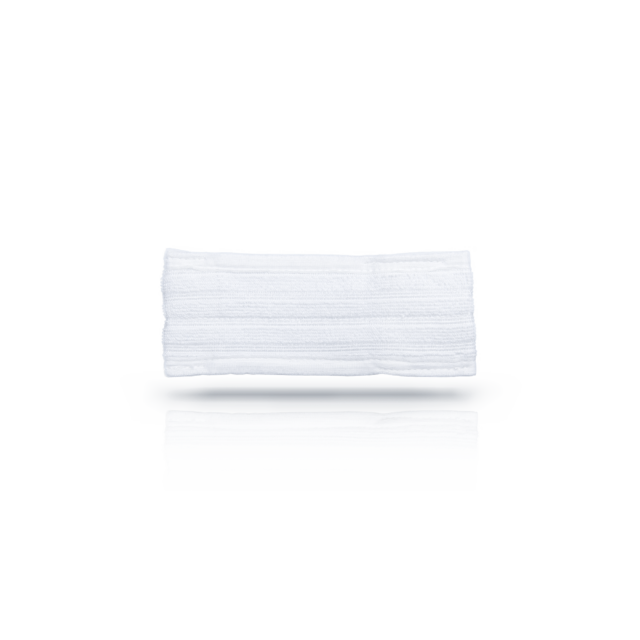
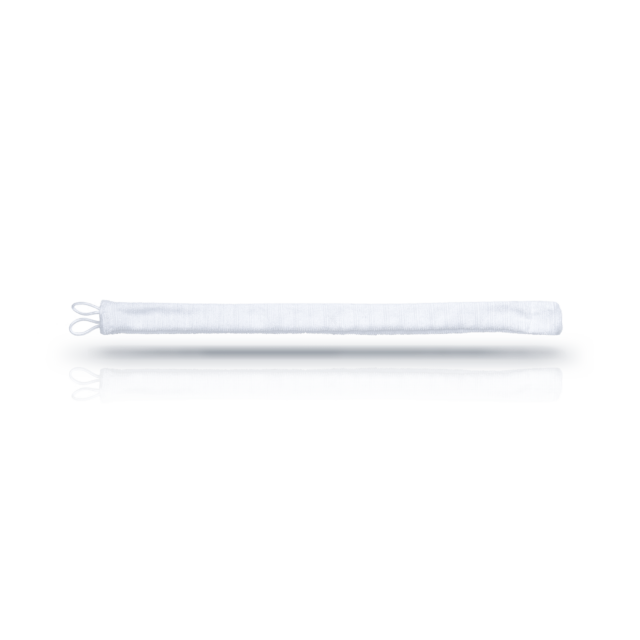
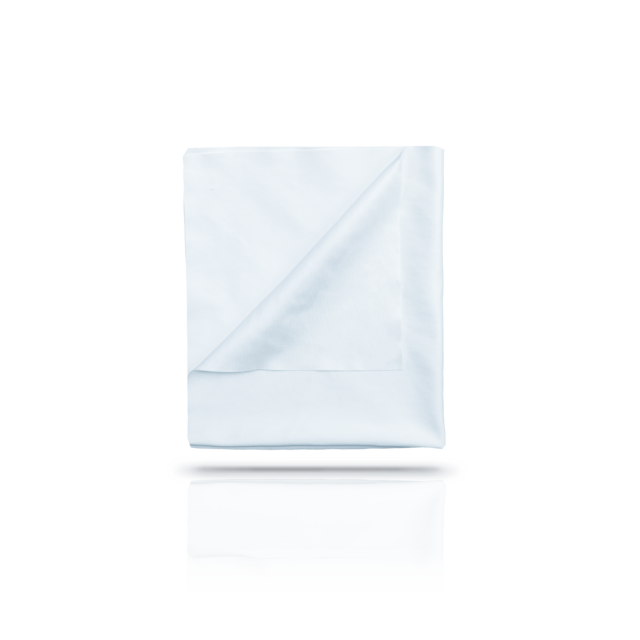
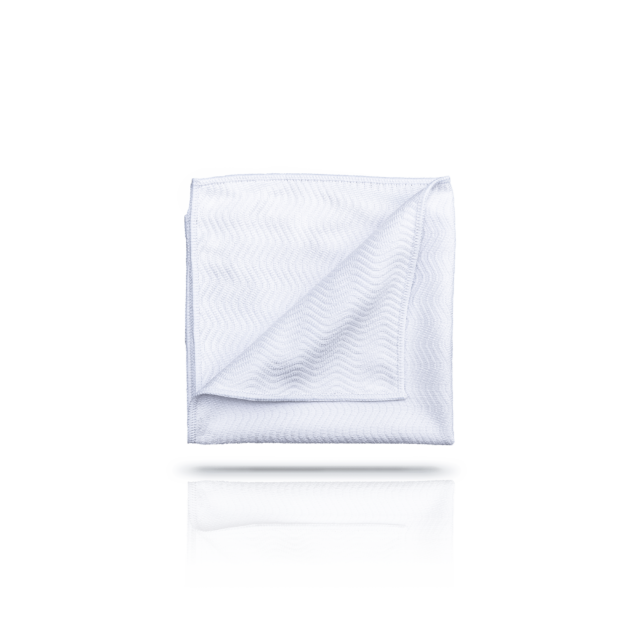
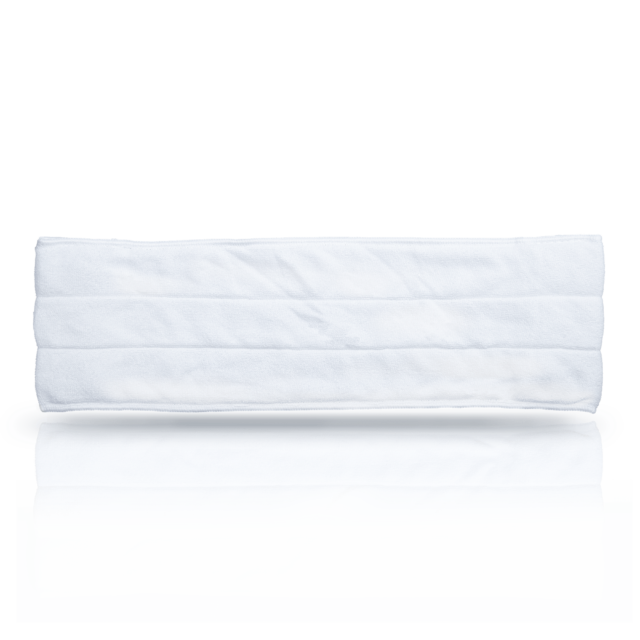
Tell us what you think
Be the first to comment this post.
You must be logged in to leave a comment.